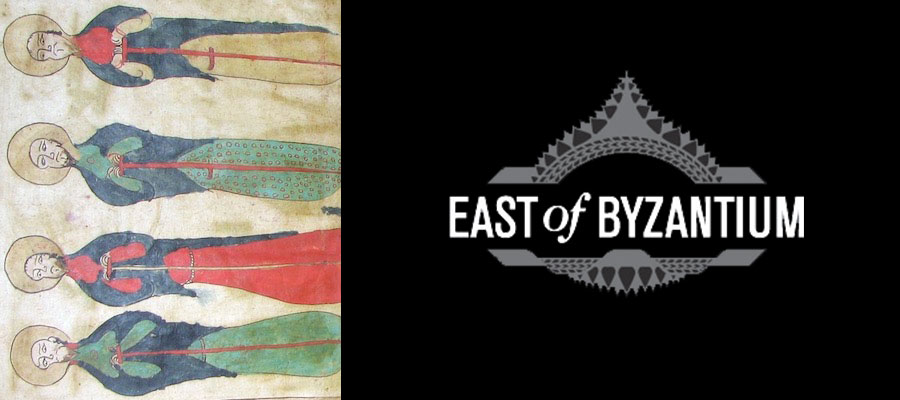Zsuzsanna Gulácsi | Northern Arizona University
East Central Asian Manichaean sources discovered at Kocho from the Uygur era of Manichaean history (755-1024 CE) constitute prominent examples of Silk Road art and text. Despite the closeness of Chinese culture and the dominant presence of Buddhism in the region during this era, Manichaean books maintain a distinctly “West Asiatic” character. In order to further explore the latter, this study assesses the codicological similarities between Manichaean manuscripts from East Central Asia (that were written in Parthia, Middle Persian, Sogdian, and Uygur languages) and the earliest Eastern Christian and Islamic manuscripts from Syro-Mesopotamia (that were written in Syrian, Armenian, Arabic, and Persian languages between the 5th and 11th centuries). The two groups compare favorably based on a variety of codicological criteria. These similarities point beyond the mid 3rd-century Syro-Mesopotamian roots of Uygur-era Manichaean book culture and indicate that there was a continued contact between the Manichaean communities in East Central Asia and their Mesopotamian homeland well into the medieval period.
This lecture will take place live on ZOOM, followed by a question and answer period. Please register to receive the Zoom link. An email with the relevant Zoom information will be sent 1–2 hours ahead of the lecture. Registration closes at 10:00 AM (EST) on January 29, 2021.
An East of Byzantium lecture. EAST OF BYZANTIUM is a partnership between the Arthur H. Dadian and Ara Oztemel Chair of Armenian Art at Tufts University and the Mary Jaharis Center that explores the cultures of the eastern frontier of the Byzantine empire in the late antique and medieval periods.
